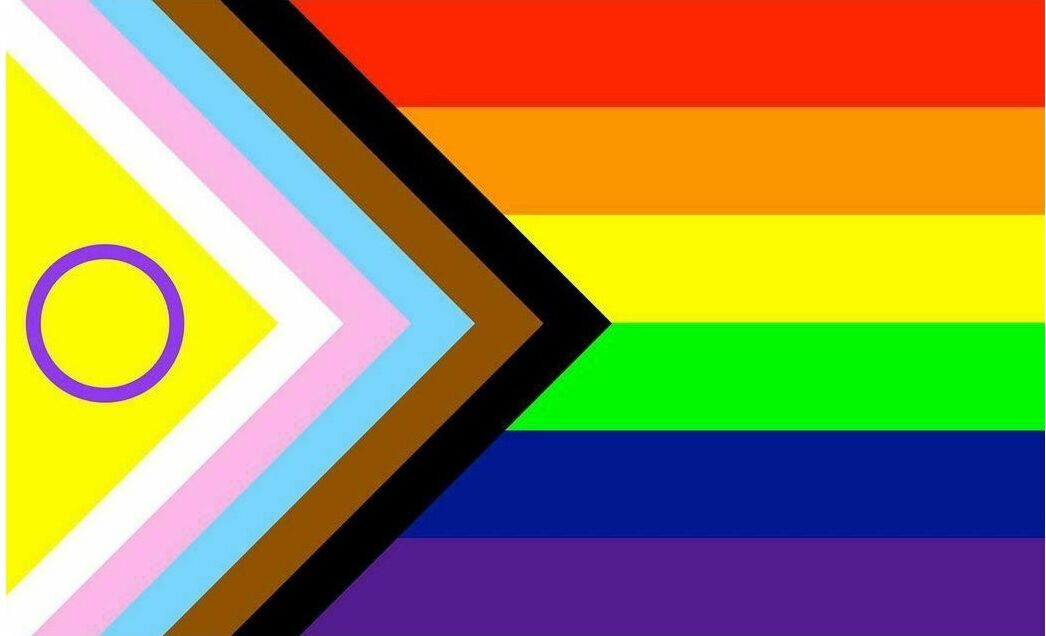Platonic Solids
Sacred Geometry : Platonic Solids
What are Platonic Solids and why you should you care? Where did they come from? Who decides which are included?
STORYTIME:
Maths, not my favorite subject when I was in school. I mostly blame the fact that I was in high school when the US government considered switching to the metric system. Therefore we had to convert, convert and convert. Oh yeah, how about more conversion? Then the US government decided that “Nah fam, its too much trouble. We’re good.“.
I don’t hate maths even after all the converting. The only maths class I rocked in school was Geometry. And I think because its a spacial (distance, angles, etc.) math. I’m a arty witch I had extra classes in art in school. It could also be because I have Dyscalculia [Its numeric dyslexia. I mostly flip numbers rather than letters]. Kinda makes maths harder than it needs to be. I didn’t discover that until I was in college.
So what does all that backstory have to do with Platonic Solids? You have a good grasp of Geometry wither you know it or not. You use it driving, judging distances, playing sport, playing video games, in creating arts and crafts, positioning things, digging all those very specific holes that maths problems kept talking about.
So what are Platonic Solids? They are a set of geometric shapes that have fascinated mathematicians, philosophers, and artists for centuries due to their symmetry and mathematical properties. A platonic solid is a 3D shape where each face is the same as a regular polygon (Gamers you know all about the polygons.) and has the same number of faces meeting at each vertex. A regular, convex polyhedron with identical faces made up of congruent convex regular polygons is called a platonic solid.
HISTORY:
Platonic Solids aren’t a new idea, they go all the way back to the ol’ Gs, Ancient Greek Philophers Plato and Pythagoras.
Plato came later than Pythagoras (there is a century between them). Plato was a guy who wanted brains & brawn. And he got both. His real name was Aristocles, but his wrestling coach gave him the name Plato [means broad-shoulders]. Blud looked like The Rock but had the brains of Steve Jobs.
Plato was is most know for his Platonic idealism. (Yep, he’s the one behind the idea of Platonic Love.) The idea that human beings are prone to deception from their senses on how they discern the world around them. Importantly, objects that we perceive using our senses are just but images or even experiences from their mind.
TLDR: Plato argues, such ideas are eternal and changeless where as the visible world which we inhabit is temporary and always changing. The visible world is an imperfect, ever-changing imitation of the timelesss ideas.

So Pythagoras came pre-Socrates. What he is most known for? If you said the Pythagorian Theory you’d be right. Ancient Greeks didn’t invent maths, they made a ton of contributions. None bigger than Pythogroas.
He’s the mans responsible for √A² + √B² = C² [Pythagorean Theorem]. {Geometry Equation that the sum of the squares on the legs of a right triangle is equal to the square on the hypotenuse.}
The history lesson is almost over, I promise. The Ancient Greeks associated the Platonic Solids symbolized the Elements (earth, air, fire & water). They did try to represent these shapes, pre-3D printing meant carving out of stone. Below is a photo of the Ancient Greek attempts to render the Platonic Solids.

The carved stone balls were attempts to realize the Platonic solids. I would say that these stone examples are pretty close to the 3D representations. There are five and only five. These are: – the tetrahedron (4 faces), cube/hexahedron (6 faces), octahedron (8 faces), dodecahedron (12 faces) and icosahedron (20 faces). Below are some 3D rendered examples.
Tabletop gamers may already know the Platonic Solids as their dice. They are d4 (tetrahedon), d6 (Cube/hexahedron), d8 (octahedron), d12 (dodechedron), and d20 (icosahedron). And the d10, unfortunately is not a platonic solid. See platonic solids are relevant to gaming. (This is a D20 in the gif.)

The 5 Platonic Solids & Corresponding 5 Elements
Okay, so why should you care as far as your pagan information gathering?
These are another way to represent the 5 elements [Earth, Air, Fire, Water, Spirit]. Above the elements are represented by the Alchemist Symbols (The exception being spirit which is a Buddhist symbol). We know that the 5 elements have correspondence with just about everything. They are the most basic and steadfast shapes in the Universe. We’re only going to cover the 7 basic chakras with these. So as we did with the Chakras, lets go from ground up.
Cube/Hexahedron
ELEMENT: Fire
ELEMENT: Air
ELEMENT: Water
ELEMENT: Spirit
ELEMENT: Spirit
ELEMENT: Spirit
I hope that this clear up an confusion about the Platonic Solids. If something isn’t clear, please contact me and let me know so that I can clear up an vague areas.
Sacred Geometry is on my list to add to the resources area.












